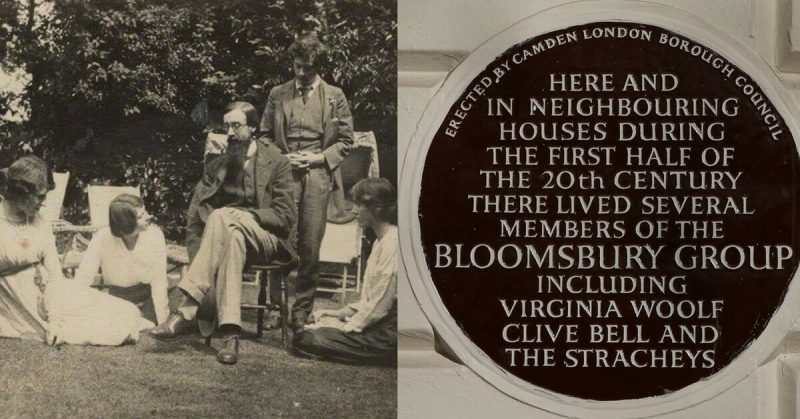At the very core of Anglo-American modernist history was a circle of friends that became known as the Bloomsbury group. This clique of intellectuals, writers, painters, and philosophers proved to be very influential in the first half of the 20th century, developing concepts that would long outlive them.
The name comes from an area of the London Borough of Camden, where all of the group’s associates lived and worked. Almost all of the original members of the group met while at Cambridge University, where they were members of the famous and exclusive society, the Apostles.
The group were inspired by the late 18th century “Clapham Sect” founded by John Newton, which was a sort of social reformers club. Just like the men and women from Clapham, the Bloomsbury group promoted each other’s work long before the members became prominent in their own fields of work.
In this list, we offer you an overview of the group’s core members and collaborators, among which are many household names in the fields of literature, art, and philosophy.
9. Clive Bell
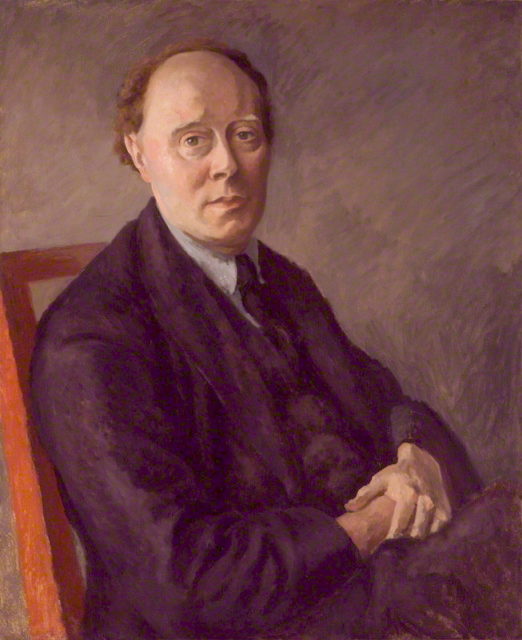
A notable art critic of his time, Clive Bell studied history at Trinity College, Cambridge. After gaining his university degree, Bell moved to Paris in 1902, where his interest in art flourished, together with the Paris art scene of the time.
Once he returned to England, Clive Bell became acquainted with Vanessa Stephen, the sister of Virginia Woolf, who holds a significant place in the Bloomsbury group. The two were engaged in a love relationship and decided to marry in 1907. Vanessa, a painter, and interior designer was one of the key figures of the group. The couple nurtured an open relationship, but the marriage ended by the beginning of WWI when she began a lifelong love affair with yet another prominent member of the Bloomsbury group, the painter, Duncan Grant.
Clive Bell, on the other hand, continued to work closely with the group, advocating his pacifistic views on WWI, and acting as a conscientious objector, opposing the war and condemning the destruction it brought.
Bell’s art theory as presented in his 1914 book simply titled Art had a great deal of influence on the painters of the group, especially Duncan Grant.
8. Vanessa Bell
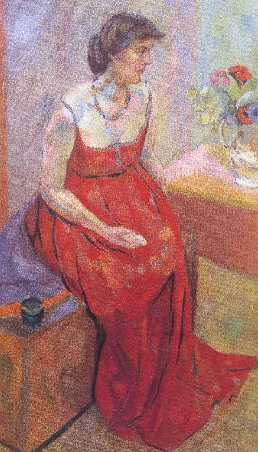
As was mentioned in the previous entry, Vanessa Bell was one of the key figures of the Bloomsbury group. Vanessa Stephen married Clive Bell in 1907 and kept her husband’s last name throughout her life. It was she who instigated the formation of the informal art group in Bloomsbury when she moved in with her brothers, Thoby and Adrian after her mother died in 1904.
The Stephen family house was the meeting place in which artists and socialites alike could exchange ideas or simply enjoy a hedonistic lifestyle. From her marriage with Bell, she had two sons, Julian and Quentin. Julian would later meet a tragic end as an ambulance driver for the Republic in the Spanish Civil War.
Vanessa Bell identified herself as a Post-impressionist artist, drawing initial inspiration from Roger Fry, a fellow-Bloomsbury associate. She later turned to abstract art and was acknowledged during her lifetime as an important painter. Apart from painting, Vanessa designed and illustrated book covers, most notably for her sister Virginia’s famous novel, To The Lighthouse.
7. Edward Morgan Forster
The first writer on the list is E. M. Forster. A Cambridge man and an Apostle member, he was bound to be connected to the group. Even though he was a peripheral figure in the group’s early sessions, he was greatly influenced by the array of personalities that comprised this intellectual tea party.
A novel which garnered him great success, Howards End, had two characters, the Schlegel sisters, who were based on sisters Virginia and Vanessa Stephen.
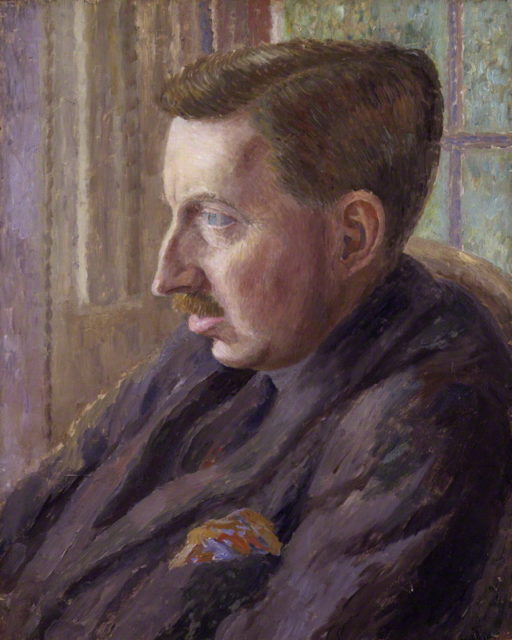
After university, Forster spent some time traveling around continental Europe, together with his mother. He traveled to Egypt and later to India where he would serve as a personal assistant to Tukojirao III, the Maharajah of Dewas. Two books would derive from this experience ― a non-fiction account of his experience titled The Hill Of The Devi, and his last and arguably most successful novel, A Passage To India.
Forster, much like Virginia Woolf, explored the hypocrisy of the English higher classes of the early 20th century from a humanist point of view. He was nominated for the Nobel Prize in Literature 16 times during the course of his life.
6. Roger Fry
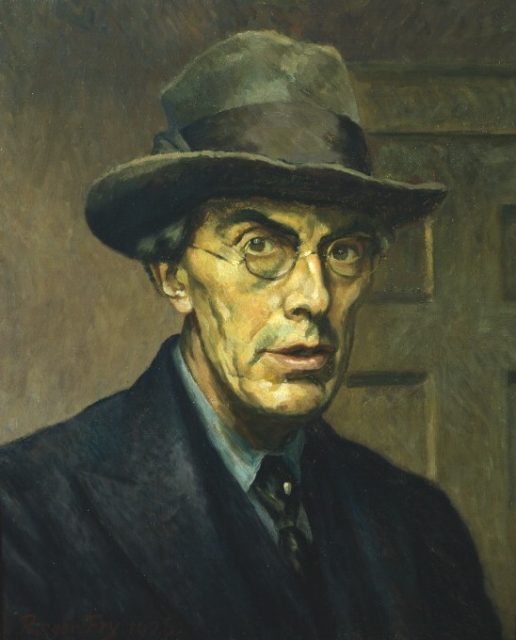
The eldest member of the group, Roger Fry was already an established painter during the time the artists at Bloomsbury were taking their first steps in their respective careers. Known as a prominent scholar concerned with pre 19th-century European art, he made a significant change in direction once he became familiar with the modern tendencies of French painting of the late 19th and early 20th century.
Fry is often considered to be responsible for coining the term Post-impressionism, which he used to describe the style of Gauguin, Van Gogh, and Cezanne among others. Roger Fry was a prophet of modern art, pioneering and advocating it in Britain.
Considered by some to be the greatest influence on taste in the United Kingdom, Fry was a Cambridge Apostle, met Vanessa and Clive Bell and started to spend time with them. Vanessa was greatly influenced by his understanding of art, and the two had a short love affair before she started her relationship with Duncan Grant.
Virginia Woolf noted in her biography that “He had more knowledge and experience than the rest of us put together”.
5. Duncan Grant
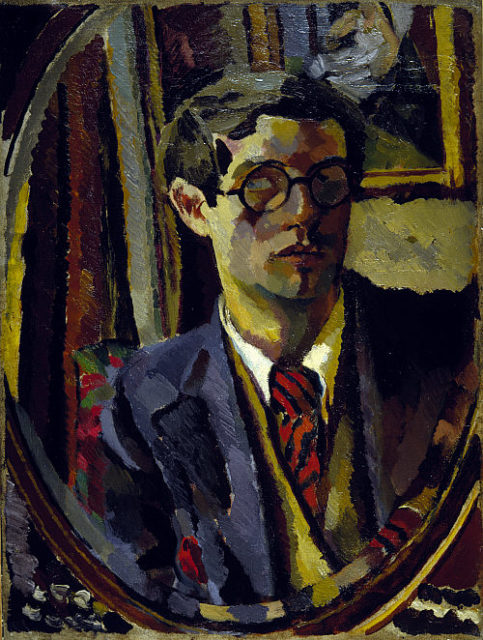
The man who won Vanessa Bell’s heart was, like herself, a painter. Apart from simply painting, Grant had wide interests in other techniques and different ways of expressing his artistic persona.
A designer of textiles, pottery, theater sets and costumes, as well as a successful modernist painter, Duncan Grant spent his childhood in India, the son of Bartle Grant, a major in Her Majesty’s Armed Forces.
Young Duncan went on a pilgrimage in Italy, witnessing the marvels of the renaissance, and later took art lessons in Paris. Around 1909, he moved to Bloomsbury, Camden, just a few doors away from the group’s meeting place. He had met Vanessa and her brothers a few years earlier, but it was during this time that he became a regular guest at their house.
In the following year, Grant participated in the famous Dreadnought Hoax, together with Adrian Stephen, his sister Virginia, and the notorious prankster, Horace de Vere Cole. During the hoax, the group disguised themselves as an Abyssinian delegation and boarded the HMS Dreadnought, the pride of the Royal Navy at the time, and pretended to be inspecting the ship.
This prank tied them closely together, and Duncan was more or less accepted as part of the Stephen family.
Concerning Grant’s art, it was also influenced by Roger Fry, who was seen as a mentor to both Duncan and Vanessa. Even though Grant’s earlier relationships were exclusively homosexual, he bonded with Vanessa Bell and out of this affair a child was born. Due to the nature of these complicated love affairs, Angelica, the daughter of Duncan and Vanessa, grew up believing that Clive Bell was her father, as the married couple continued their open relationship.
As for Grant, he loved Vanessa until his death. His remains are buried beside Vanessa Bell’s in the churchyard of St. Peter’s Church, West Firle, East Sussex.
4. John Maynard Keynes
One of the most prominent economic scientists of the first half of the 20th century, his work has gone on to fundamentally change and influence the theory and practice of macroeconomics and the economic policies of governments since. Keynes literally defined the post-WWII world economy, as all major capitalist governments adopted his ideas. He countered the neoclassical economic theory of the 19th century and spearheaded a revolution in understanding the global economy.
Even though his theories have been questioned over the course of time, his influence is without a doubt. The Times Magazine listed Keynes as one of the most influential figures of the 20th century.
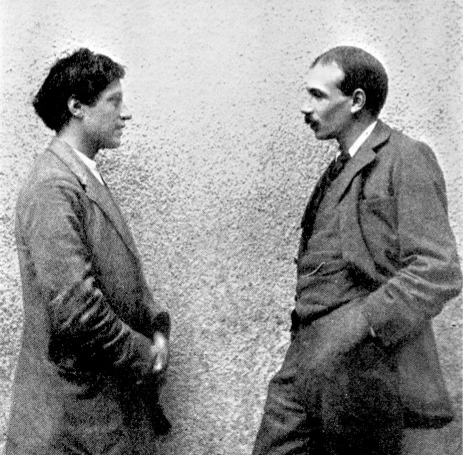
His personal life, on the other hand, was tightly connected to the Bloomsbury Group. Keynes was open about his homosexuality but the Britain of the time was far too conservative. He found refuge in Bloomsbury, where sexual diversity was celebrated rather than condemned.
Before Duncan Grant became romantically involved with Vanessa Bell, he was Keynes’ partner, and the two were greatly in love. Lytton Strachey, the next entry on our list, was also in a relationship with Keynes, but it soon became complicated, as Strachey and Keynes were seen more as rivals in their love conquests rather than partners.
John Keynes’ theory was often discredited due to his sexual orientation. It came as a great surprise when he decided to get married, in 1925, to a well-known Russian ballerina, Lydia Lopokova.
3. Lytton Strachey
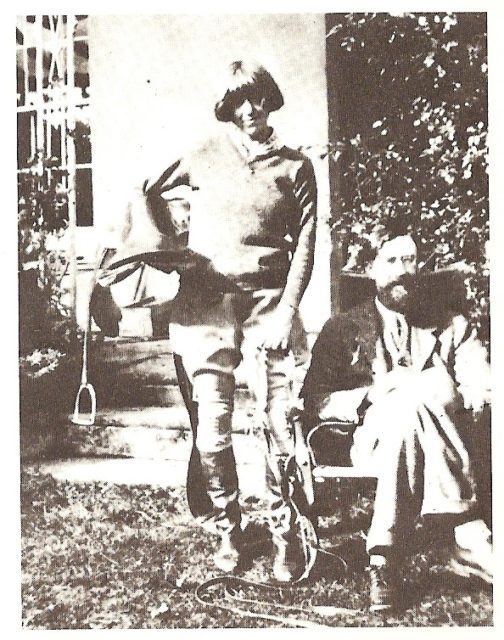
The already mentioned writer and critic, Lytton Strachey, who mastered his craft writing biographies, the most famous being one of Queen Victoria, greatly influenced the way we perceive such literary works, adding psychological depth to the real-life characters he was trying to portray.
His connection with the Bloomsbury Group also came through Cambridge, as it did for most of the members. He was a friend of Vanessa, Virginia, Thoby, and Adrian Stephen, and thus was a regular guest at their get-togethers.
The group was famous for its romantic escapades and Strachey was involved in a number of affairs, most of them homosexual. He was involved in a love triangle with Ralph Partridge and Dora Carrington, who agreed to marry Ralph so that the trio could continue to function.
Strachey died relatively young, in the year 1932, aged 51, of stomach cancer. His last words were reported: “If this is dying, then I don’t think much of it.”
2. Leonard Woolf
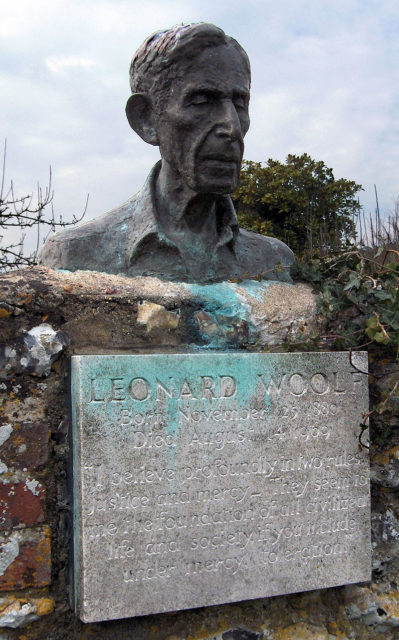
A political theorist, author, publisher, and civil servant, Leonard Woolf was, perhaps, most familiar to the wider audience because of his spouse, Virginia.
He moved to Ceylon (today’s Sri Lanka) in 1904 to become a civil servant in the colonial government.
Leonard returned from his civil service in 1911 and that was when he met Virginia Stephen, among the socialites of Bloomsbury. The two married in 1912 and founded a small publishing house, called the Hogarth Press. They were printing their own novels and political tracts, essays, and accounts of all sorts, enjoying love and literature alike.
For this Cambridge Apostle engaged in some fiction writing of his own with The Village in the Jungle, based on his experience in the colonial service in Sri Lanka. The novel is considered groundbreaking for Western literature, as it is told from the point of view of a native, rather than colonial. As well as their own works, the couple published the first ever edition of T.S. Elliot’s masterful poem, The Waste Land, largely considered to be the most important poem of the 20th century.
Once Virginia’s mental illness began to take hold, leading her to commit suicide in 1941, Leonard stopped writing.
1. Virginia Woolf
One of the most important literary figures of the 20th century was to be found at the center of the group. Even though the love affairs seemed to revolve around her sister, Vanessa, Virginia’s writing was defining the Bloomsbury group’s true progressive potential.
One of the shared ideas of the group was the rejection of the Victorian lifestyle, its hypocrisy, and snobbish behavior. Virginia Woolf struggled with mental illness from an early age but managed to keep her wit and write some of the most influential books concerning the emancipation of women, defining the way we perceive gender equality today.
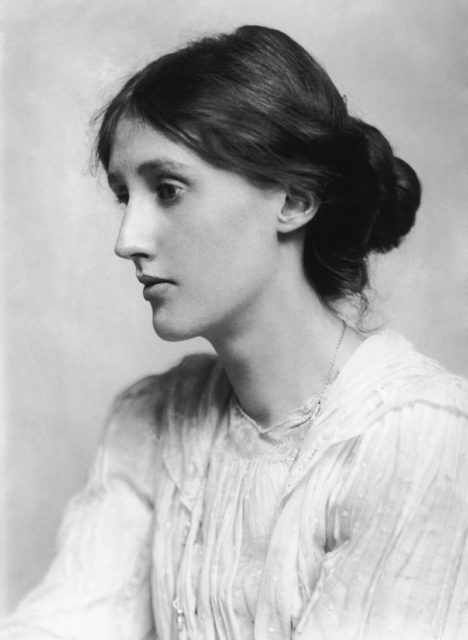
She was a great innovator and under the direct influence of Roger Fry and Clive Bell, she started to translate the avant-garde into her work. Apart from her literary career, Woolf advocated sexual freedom and was romantically involved with a number of women.
Together with her husband, Leonard, she ran the publishing house, The Hogarth Press, which was the printing engine behind British modern literature.
Read another story from us: Dreadnought hoax – the master piece of pranking
After struggling with nervous breakdowns and witnessing the start of the Second World War, Virginia committed suicide in 1941, by drowning herself. Nevertheless, her genius lives on today embodied in her books and the numerous studies that have been dedicated to celebrating her name and her achievements.
